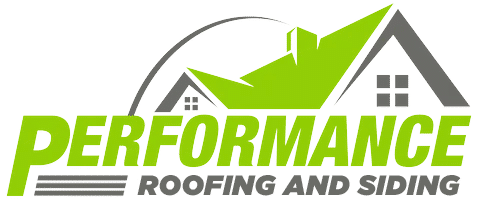Have you been experiencing a rise in energy bills lately? The reason why could be a lack of proper insulation in your roof. Roof insulation is an essential component of any home or building, as it helps to regulate the temperature inside and cut down on energy consumption. In this comprehensive guide, we will delve deeper into everything you need to know about roof insulation in Ann Arbor and the surrounding areas. From understanding its importance to exploring the different types available, evaluating insulation materials for your roof, and insights into roof insulation with PRSE – a leader in the industry. We will also answer some common queries related to roof insulation so that you can make an informed decision when it comes to insulating your own roof. Whether you choose DIY or professional installation, this guide is a must-read for anyone looking to save money on their energy bills and improve the efficiency of their home.
Understanding Roof Insulation and Its Importance
Proper roof insulation is essential for energy efficiency and a comfortable living environment. It effectively reduces heat loss, minimizes air leaks, and lowers energy costs. Additionally, insulation adds value to your home and ensures compliance with building codes. The type and materials of insulation play a pivotal role in achieving the best results, preventing moisture accumulation, heat gain, and cold air infiltration.
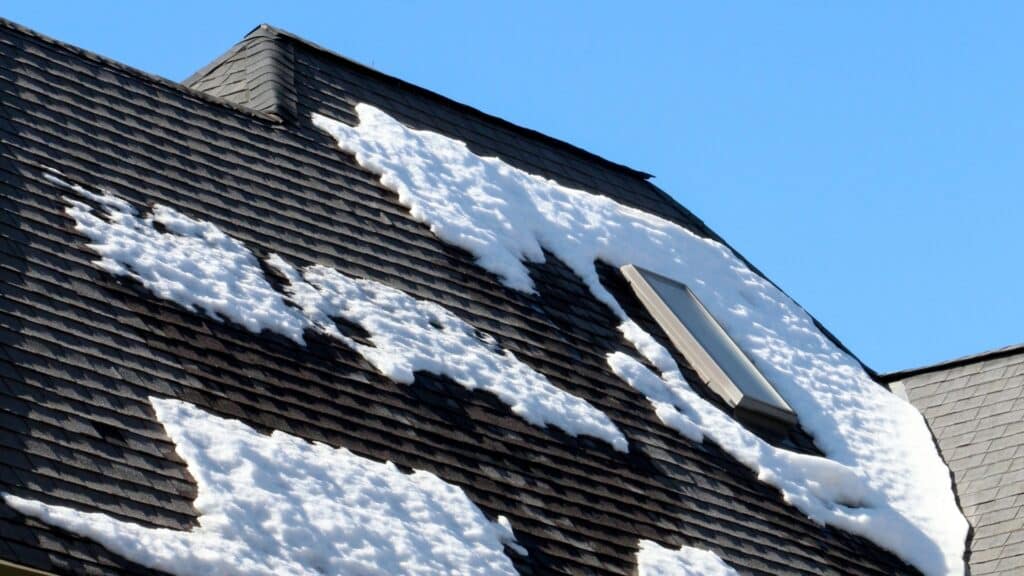
Why is Roof Insulation Essential for Your Home?
Roof insulation is crucial for your home because it creates a thermal barrier, reduces heat transfer, and lowers heating bills. Adequate insulation ensures comfort, energy efficiency, and moisture control. Professional installation and the right type of insulation can greatly impact energy costs and your home’s value. Different insulation options are available based on roof type, climate, and overall insulation needs. Effective insulation is especially important in colder climates where materials must withstand extreme weather conditions.
The Role of Insulation in Energy Conservation
Insulation plays a vital role in conserving energy by minimizing heat flow and thermal resistance through the roof. It acts as an air barrier, preventing cold air infiltration and reducing heat gain. Choosing the most suitable insulation type can lead to significant energy cost savings. In colder climates, effective insulation materials are essential for covering larger areas and maintaining a consistent temperature, ultimately lessening the load on heating and cooling systems.
Different Types of Roof Insulation
Understanding the various types of insulation is crucial for informed decision-making. From spray foam to fiberglass batts and rigid insulation boards, each type offers unique benefits. Consider factors such as insulation costs, installation, and long-term energy efficiency when selecting materials. Radiant barriers and loose-fill insulation provide specific solutions for different roofing scenarios, from commercial roofing to residential roofing. The best insulation for your roof depends on the structure, climate, and desired energy performance.
Spray Foam Insulation
Spray foam insulation offers an effective air barrier, moisture resistance, and high thermal resistance for roofs. Ideal for new homes, metal roofs, and moisture-prone areas, it ensures superior energy efficiency. Professional installation guarantees seamless application and adequate coverage. Evaluating insulation costs, energy savings, and heat transfer resistance is crucial. In colder climates, it provides enhanced thermal performance, minimizing the impact of cold weather.
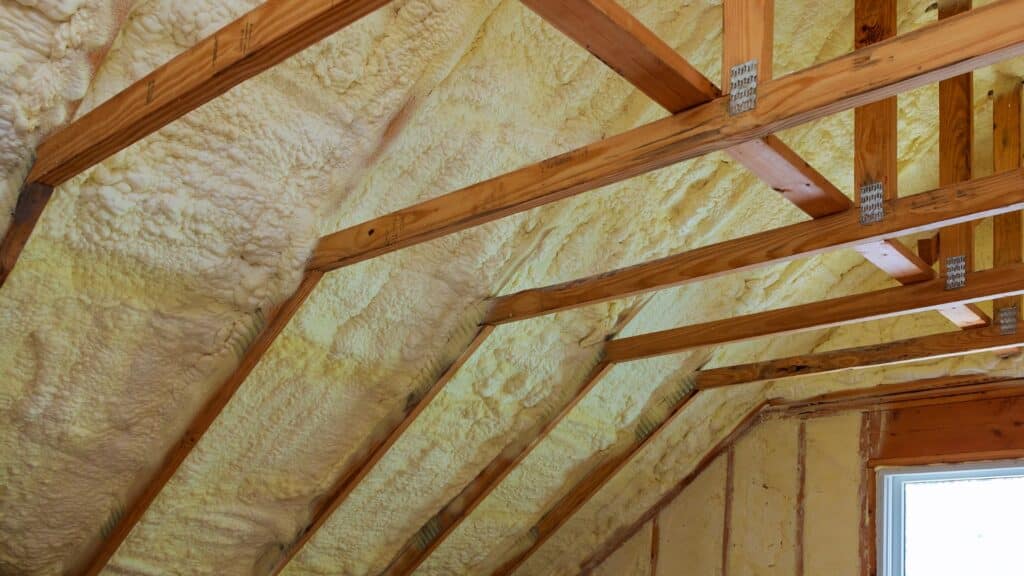
Fiberglass Batt Insulation
Fiberglass batt insulation provides cost-effective insulation for roof and wall cavities. It’s versatile, easy to install, and offers adequate thermal resistance. Understanding heat transfer, R-value, and insulation costs is crucial for informed decision-making. This type of insulation is popular in colder climates, providing reliable energy efficiency. DIY installation requires attention to detail and the right amount of insulation for effective thermal performance.
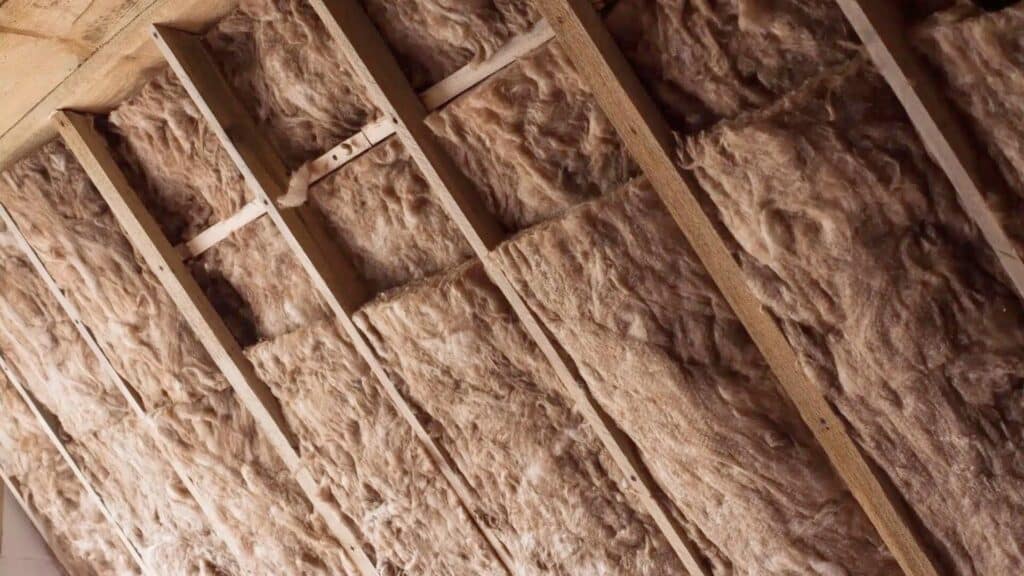
Evaluating Insulation Materials for Your Roof
Evaluating the various types of insulation materials is crucial for optimizing thermal resistance and energy efficiency. Different materials, such as foam board insulation, cover the underside of the roof with rigid foam insulation, or flexible tube insulation, impacting heat flow and air leaks in your living space. Understanding these options, like batt blanket insulation, is essential for informed decision-making and significant reductions in energy costs.
Factors to Consider While Choosing Insulation
Factors to consider when choosing insulation include the most suitable type for colder climates to minimize heat loss and evaluate its thermal resistance. Understanding potential moisture problems and heat gain, along with comparing installation costs and impact on heating bills, are crucial. Different insulation materials such as foam board insulation and rigid foam insulation offer varying benefits. Making an informed decision requires a comprehensive understanding of these aspects.
Comparing the Cost and Benefits of Different Insulation Materials
Assessing insulation materials’ energy efficiency and potential savings is crucial. Each type serves specific purposes like radiant or air barrier. Consider coverage areas and building codes, especially for colder climates. Insulation materials vary in square feet capacity, installation requirements, and suitability for cold weather conditions. Evaluating these factors is essential for making an informed decision.
Insights into Roof Insulation with PRSE
PRSE ensures professional installation of various insulation products, offering insights into the right amount needed for heat loss and moisture control. Their reflective insulation and foil solutions are tailored to specific requirements, and designed to meet the energy efficiency needs of colder climates. PRSE guarantees efficient installation, combating heat loss, and minimizing moisture accumulation. Their expertise covers flexible tube, batt blanket insulation, and cover board applications.
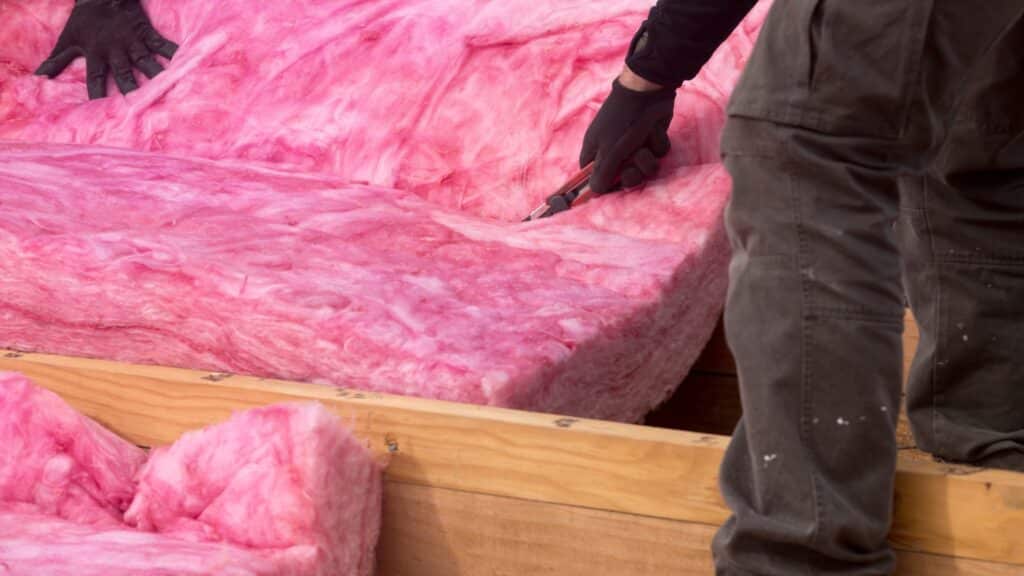
How PRSE Ensures Top-Notch Insulation for Your Home
Ensuring top-notch insulation for your home, PRSE offers a range of products including mineral wool, foam board, and fiberglass insulation. Their closed cell and spray foam options provide distinct advantages, while insulation boards and batts cater to specific needs. Ideal for colder climates, PRSE’s energy-efficient products guarantee professional installation, adding value to your home with the right insulation.
Successful Case Studies of Roof Insulation with PRSE
PRSE’s insulation materials are compatible with metal roofs and new home construction, making them versatile for various applications. They offer effective solutions for moisture problems and cold climates, addressing key concerns in different environments. Successful case studies highlight the significant reduction in energy costs achieved with PRSE’s reflective foil insulation, demonstrating its effectiveness in larger areas. Specifically designed to combat heat gain and cold air infiltration, PRSE’s insulation materials consistently deliver on performance and energy efficiency. Discover how PRSE’s innovative solutions have proven successful in real-world applications.
Common Queries about Roof Insulation
Exploring the best insulation for roof shingles, ceiling joists, and attic space is crucial for effective energy conservation. Understanding the suitable insulation for various wall cavities and roof deck areas optimizes thermal performance. Discovering insulation costs and energy savings related to different materials aids in informed decision-making for new and existing homes. Learning about insulation materials combating heat loss, air leaks, and moisture issues ensures efficient roof insulation.
How to Estimate the Amount of Insulation Needed for Your Roof?
To achieve optimal energy efficiency, it’s important to estimate the amount of insulation needed for your roof. Factors like attic square footage, insulation type, and R-value play a crucial role in this calculation. Professional installation ensures the right amount and type of insulation, preventing heat loss and reducing energy costs.
Does More Insulation Mean Better Efficiency?
Adding more insulation to your roof can improve its thermal resistance and reduce heat transfer. This leads to significant energy savings, especially in colder climates. Different insulation materials like spray foam, fiberglass, or rigid foam offer various benefits. Proper insulation acts as a barrier against heat gain in warmer climates and heat loss in colder climates. Understanding the right amount of insulation is crucial for maximizing energy efficiency.
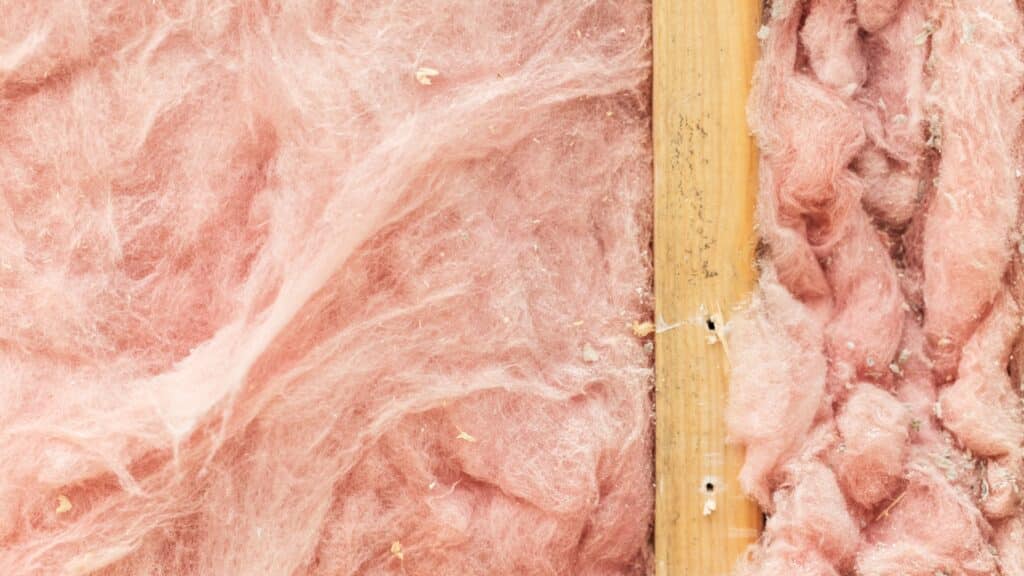
Why Choose PRSE
To ensure maximum energy efficiency and comfort in your home, proper roof insulation is crucial. Roof insulation helps maintain a consistent temperature, reducing energy consumption, and lowering utility bills. There are various types of insulation materials available, including spray foam, fiberglass batt, loose-fill, and rigid insulation boards. When choosing the right insulation material for your roof, consider factors such as R-value, cost, and benefits. While DIY installation may seem cost-effective, hiring a professional ensures proper installation and optimal performance. At PRSE, we specialize in top-notch roof insulation, ensuring a comfortable and energy-efficient home. Our successful case studies speak for our expertise in providing effective insulation solutions. If you have any queries or need an estimate for your roof insulation project, reach out to our team of experts who will be happy to assist you.
